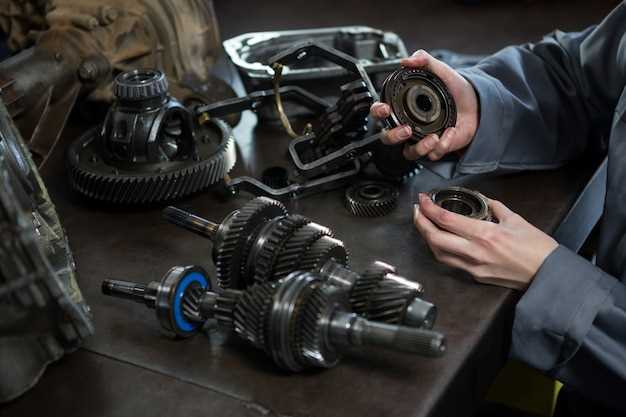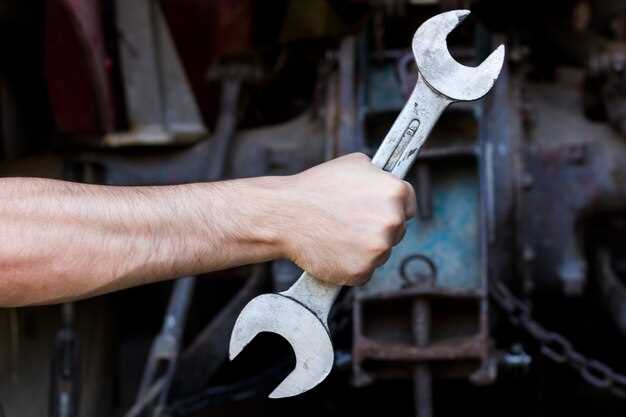
Chain Maintenance Tips for Beginners

Maintaining your motorcycle’s chain is essential for ensuring a smooth ride and prolonging the life of your bike. A well-lubricated chain not only enhances performance but also improves safety on the road. In this guide, we’ll explore essential chain maintenance tips that every motorcycle enthusiast should follow.
Lubrication is one of the most crucial aspects of chain maintenance. Regularly lubricating your motorcycle chain minimizes friction, reduces wear, and protects against rust and corrosion. It is recommended to use high-quality chain lubricant specifically designed for motorcycles, as this will ensure optimal protection and performance.
In addition to lubrication, it’s important to keep an eye on the chain tension and alignment. A loose or misaligned chain can lead to more serious mechanical issues and can compromise your safety while riding. Regular inspections and adjustments will help maintain the integrity of your motorcycle chain, keeping it in top condition for the long haul.
Understanding Your Motorcycle Chain: Types and Features

A motorcycle chain serves as a critical component in transferring power from the engine to the rear wheel. Understanding the various types and features of motorcycle chains will help you maintain them effectively and enhance your riding experience. Here are the main types of motorcycle chains:
- Standard Chains: These chains are typically made of steel and are more affordable. They require regular maintenance, including cleaning and lubrication, to ensure longevity.
- O-ring Chains: These chains feature rubber O-rings between the links, which help to retain lubrication and keep dirt out. They require less frequent maintenance, although occasional cleaning and lubrication is still necessary.
- X-ring Chains: Similar to O-ring chains, X-ring chains have a different cross-section that offers improved sealing and reduced friction. This type is known for its durability and longer lifespan.
- Sealed Chains: Both O-ring and X-ring chains fall into this category. The sealing helps preserve lubrication longer, reducing wear and tear on the chain and sprockets.
When considering the features of your motorcycle chain, pay attention to the following aspects:
- Size: Chains come in various sizes, with specific pitch and width measurements. Always refer to your motorcycle’s manual to ensure compatibility.
- Quality: High-quality chains may cost more but will provide better performance and longevity. Investing in a reputable brand is advisable.
- Lubrication: Proper lubrication is essential for any chain to function smoothly. Regularly apply lubricant specifically designed for motorcycle chains. This will minimize friction, reduce wear, and prevent rust.
In conclusion, understanding the different types and features of motorcycle chains is key to effective maintenance. Regular cleaning and lubrication can significantly enhance the performance and lifespan of your motorcycle chain, ensuring a safer and more enjoyable ride.
Step-by-Step Chain Cleaning Process for Beginners
Cleaning your motorcycle chain is essential for maintaining optimal performance and extending the life of your bike. Here’s a simple, step-by-step guide to help you through the chain cleaning process.
Step 1: Gather Your Materials
Before you begin, gather the necessary tools. You will need a motorcycle chain cleaner, a soft brush, a clean cloth, and suitable chain lubrication. Additionally, having gloves and protective eyewear is recommended for safety while working.
Step 2: Position Your Motorcycle
Ensure your motorcycle is on a stable surface. If possible, use a center stand or paddock stand for better accessibility to the chain. This will allow you to spin the rear wheel freely while cleaning.
Step 3: Inspect the Chain
Before cleaning, take a close look at your chain. Check for signs of wear or damage, such as stiff links or excessive rust. If you notice any significant issues, it might require professional attention.
Step 4: Apply Chain Cleaner
Spray the chain cleaner generously on the chain while rotating the rear wheel slowly. Allow the cleaner to penetrate and loosen any dirt or grime. Let it sit for a few minutes for effective results.
Step 5: Brush the Chain
Using a soft brush, scrub the chain gently to remove debris. Be thorough, especially around roller links and sprockets. Ensure you clean both the inner and outer links for a complete job.
Step 6: Wipe Off Excess Dirt
Take a clean cloth and wipe the chain to remove any loosened dirt and residual cleaner. Make sure to catch any drips or spills to avoid damaging your bike’s paintwork. Repeat the cleaning process if necessary for optimal results.
Step 7: Dry the Chain
Allow the chain to dry completely before applying lubrication. This step is crucial, as any moisture left can cause rust and deterioration over time.
Step 8: Apply Lubrication
Once the chain is dry, apply an appropriate motorcycle chain lubricant evenly along the chain while spinning the rear wheel. Make sure to focus on getting the lubricant into the roller and side plates for effective protection.
Step 9: Wipe Off Excess Lubricant
After allowing the lubricant to settle for a few minutes, take a clean cloth and wipe off any excess. This prevents dirt accumulation and ensures a smooth operation.
Step 10: Final Inspection
Once finished, do a final check of the chain to ensure it is properly lubricated and clean. Test the bike in a safe area to confirm that the chain operates smoothly.
Regular chain maintenance will not only enhance your motorcycle’s performance but also ensure safety on the road. Following these steps will help you become proficient in the essential task of chain cleaning.
Choosing the Right Lubrication for Chain Longevity

Choosing the appropriate lubrication for your chain is crucial for ensuring its longevity and optimal performance. Different types of chains, whether for bicycles, motorcycles, or industrial machinery, require specific lubrication to function efficiently and resist wear.
There are primarily two types of chain lubricants: wet and dry. Wet lubricants are ideal for wet or muddy conditions. They are thicker and adhere better to the chain but can attract dirt, which may lead to increased wear over time. If you often ride in such environments, a wet lube can protect your chain against moisture and rust.
On the other hand, dry lubricants are better suited for dusty or dry conditions. They create a lighter film that repels dirt and grime, reducing buildup. However, they may wash off more easily in wet conditions, which means they may require more frequent applications. Selecting a dry lubricant can be beneficial if you frequently ride on paved roads in dry weather.
Additionally, consider the composition of the lubricant. Some are petroleum-based, while others are made from synthetic materials. Synthetic options often provide better protection and longevity, especially under extreme conditions. Always check the manufacturer’s recommendations for your specific chain type.
Application frequency is another important factor. Over-lubricating can cause dirt to accumulate, while under-lubricating can expose your chain to excessive wear. Regularly inspect your chain and apply lubricant as needed, generally every few hundred miles or after riding in challenging conditions.
In conclusion, the right lubrication for chain longevity depends on your riding conditions, frequency of use, and the type of chain. By selecting the appropriate type and applying it correctly, you can significantly extend the lifespan of your chain and enhance its performance.